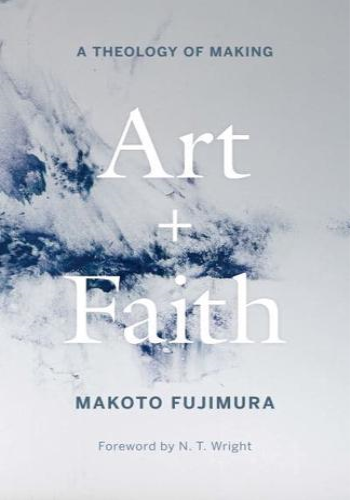From a world-renowned painter, an exploration of creativity's quintessential-and often overlooked-role in the spiritual life
"Makoto Fujimura's art and writings have been a true inspiration to me. In this luminous book, he addresses the question of art and faith and their reconciliation with a quiet and moving eloquence."-Martin Scorsese
"[An] elegant treatise. . . . Fujimura's sensitive, evocative theology will appeal to believers interested in the role religion can play in the creation of art."-Publishers Weekly
Conceived over thirty years of painting and creating in his studio, this book is Makoto Fujimura's broad and deep exploration of creativity and the spiritual aspects of "making." What he does in the studio is theological work as much as it is aesthetic work. In between pouring precious, pulverized minerals onto handmade paper to create the prismatic, refractive surfaces of his art, he comes into the quiet space in the studio in a discipline of awareness, waiting, prayer, and praise.
Ranging from the Bible to T. S. Eliot, Mark Rothko, and Japanese Kintsugi technique, he shows how, unless we are making something, we cannot know the depth of God's being and God's grace permeating our lives. This poignant and beautiful book offers the perspective of, in Christian Wiman's words, an "accidental theologian," one who comes to spiritual questions always through the prism of art.







